-

2-Oxobutyric acid CAS:600-18-0 Manufacturer Price
2-Oxobutyric acid is an organic compound with the chemical formula C4H6O3. It is also known as α-ketobutyric acid or α-oxobutyric acid. It is a colorless liquid with a sour odor.
2-Oxobutyric acid is a key intermediate in several metabolic pathways, including the breakdown of certain amino acids such as valine and leucine. It is produced during the oxidative decarboxylation of these amino acids.
The compound has a role in the body’s energy metabolism, as it can be converted into acetyl-CoA, a molecule that plays a crucial role in the citric acid cycle (also known as the Krebs cycle) for energy production.
2-Oxobutyric acid can also be used as a precursor in the synthesis of various organic compounds, including pharmaceuticals and flavoring agents. It has been studied for its potential therapeutic effects on certain neurological disorders and cancer treatment.
-
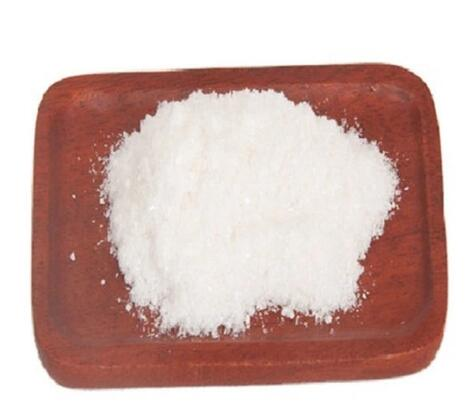
Triethanolamine borate CAS:283-56-7
Triethanolamine borate is a compound formed by the reaction of triethanolamine, a viscous liquid compound commonly used in cosmetics and personal care products, with boric acid, a weak acid. This compound is a white, crystalline powder or a clear, colorless liquid depending on its form.
Triethanolamine borate is primarily used as an emulsifier or pH adjuster in various cosmetic and personal care formulations. It helps stabilize oil-in-water emulsions and improves the texture and consistency of products such as creams, lotions, and makeup. Additionally, it acts as a buffering agent, helping to maintain the desired pH level of the formulation.
Due to its emulsifying properties, triethanolamine borate is also used in industrial applications, such as in metalworking fluids and cutting oils. It helps to maintain the stability and dispersion of oil-based lubricants, facilitating the machining and cooling processes in metalworking.
-
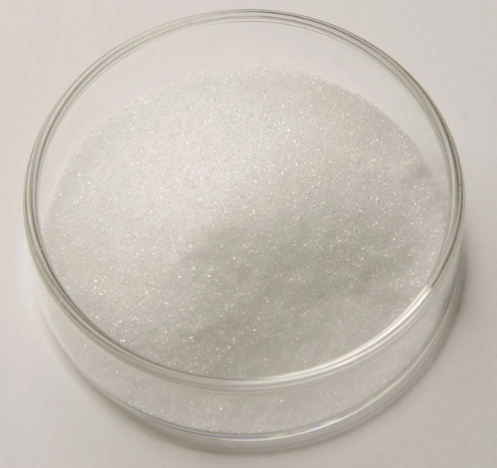
Triisopropanolamine cyclic borate CAS:101-00-8
Triisopropanolamine cyclic borate is a boron-containing compound that is derived from triisopropanolamine. It has a cyclic structure formed by bonding triisopropanolamine with boron atoms. This compound is commonly used as a corrosion inhibitor and buffering agent in various industrial applications.As a corrosion inhibitor, triisopropanolamine cyclic borate helps protect metal surfaces from deterioration caused by exposure to corrosive substances, such as acids or salts. It forms a protective film on the metal surface, acting as a barrier against corrosive agents and preventing the onset and progression of corrosion.Additionally, triisopropanolamine cyclic borate can function as a buffering agent by maintaining the pH balance in solutions. It can help stabilize the acid-base equilibrium by absorbing and releasing hydrogen ions as needed, thereby preventing significant fluctuations in pH levels.Triisopropanolamine cyclic borate finds applications in industries such as oil and gas, water treatment, metal coatings, and cleaning agents. Its corrosion inhibition and buffering properties make it an effective and versatile compound for protecting metal surfaces and maintaining optimal pH levels in various industrial processes.
-
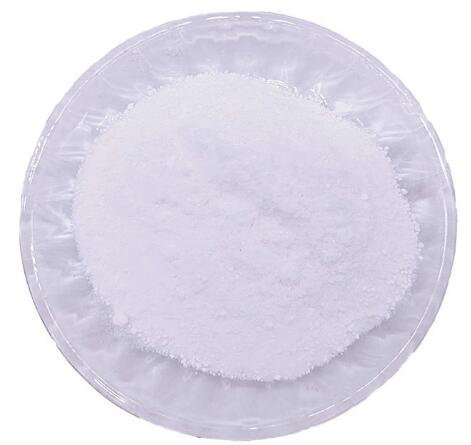
VALINOMYCIN CAS:2001-95-8 Manufacturer Price
Valinomycin is a natural cyclic peptide antibiotic that is primarily produced by certain strains of Streptomyces bacteria. It is composed of a cycle of alternating D- and L-amino acids, with a central cyclic depsipeptide motif. Valinomycin is well known for its high affinity for monovalent cations, particularly potassium ions (K+).
Due to its ability to selectively bind and transport potassium ions across biological membranes, valinomycin has found various applications in scientific research and biotechnology. It is widely used as an ionophore in ion-selective electrodes for measuring potassium concentrations in biological samples. Valinomycin’s unique ability to selectively transport potassium ions also makes it useful in studies of ion transport and membrane potential in cells.
-

2-Amino-3-(4-hydroxyphenyl)propanoic acid CAS:556-03-6
2-Amino-3-(4-hydroxyphenyl)propanoic acid, also known as L-DOPA or levodopa, is an amino acid precursor to dopamine, a neurotransmitter involved in various physiological functions, including motor control, mood regulation, and reward systems. L-DOPA is primarily used as a medication for the treatment of Parkinson’s disease, a neurodegenerative disorder characterized by a deficiency of dopamine in the brain. It is typically administered in combination with a peripheral decarboxylase inhibitor to prevent its conversion to dopamine outside the brain. L-DOPA can help alleviate the motor symptoms of Parkinson’s disease, such as tremors, rigidity, and bradykinesia.
-
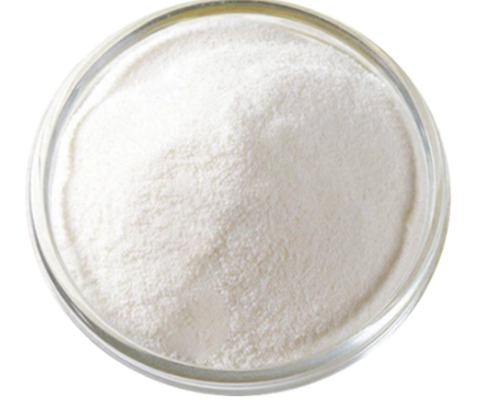
N-(3-Sulfopropyl)-3,3,5,5-tetramethylbenzidine sodium salt CAS:102062-46-4
N-(3-Sulfopropyl)-3,3,5,5-tetramethylbenzidine sodium salt is a chemical compound commonly used in various laboratory applications. It is a water-soluble derivative of tetramethylbenzidine (TMB) that contains a sulfopropyl group.
This compound is often employed as a substrate in colorimetric assays to detect the presence of enzymes such as peroxidases or horseradish peroxidase (HRP). When these enzymes are present, they can catalyze a reaction with N-(3-Sulfopropyl)-3,3,5,5-tetramethylbenzidine sodium salt, leading to the generation of a colored product. The intensity of the color is directly proportional to the enzymatic activity, allowing for the quantification of the enzyme or the detection of specific substrates.
The water solubility of N-(3-Sulfopropyl)-3,3,5,5-tetramethylbenzidine sodium salt makes it convenient for use in aqueous solutions and compatible with various assay systems. Its sulfopropyl group enhances the solubility and stability of the compound, enabling efficient and reliable detection in enzymatic assays.
-
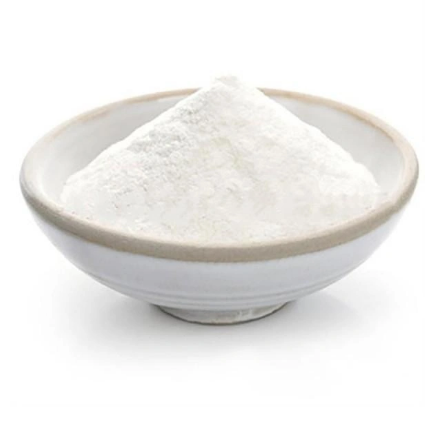
N-(4-Aminobutyl)-N-ethylisoluminol CAS:66612-29-1
N-(4-Aminobutyl)-N-ethylisoluminol is a chemical compound commonly used as a substrate in chemiluminescence-based assays. It belongs to the class of luminol derivatives.This compound can undergo a chemical reaction in the presence of an oxidizing agent, such as hydrogen peroxide or an enzyme catalyst. This reaction generates a luminescent signal that can be detected using specialized instrumentation or imaging systems.N-(4-Aminobutyl)-N-ethylisoluminol is frequently used in scientific research and diagnostic applications to detect and quantify the presence of specific molecules or analytes. Its chemiluminescent properties make it useful for various applications including immunoassays, DNA probes, and detection of reactive oxygen species.
-

N,N,N’,N’-Tetramethyl-p-phenylenediamine dihydrochloride CAS:637-01-4
N,N,N’,N’-Tetramethyl-p-phenylenediamine dihydrochloride, commonly referred to as TMPD, is a chemical compound that is widely used in various applications, including analytical chemistry, biochemistry, and materials science. TMPD is a solid crystalline powder that is soluble in water and commonly appears as a white to off-white color.
One of the primary uses of TMPD is as an electron donor in redox reactions. Due to its ability to donate electrons, it is commonly employed as a co-reductant in redox enzyme assays and as an electrochemical mediator in dye-sensitized solar cells. It aids in the conversion of chemical energy to electrical energy.
TMPD is also used as a substrate in the determination of oxidative enzymes such as peroxidases and laccases. It undergoes oxidation in the presence of these enzymes, resulting in the development of a colored product. This color change can be quantitatively measured spectrophotometrically to determine the activity and concentration of the respective enzyme.
Moreover, TMPD has applications in materials science, particularly in the field of conductive polymers and organic electronics. It has been utilized as a dopant in the synthesis of conductive polymers, enhancing their electrical conductivity. It can also act as a charge transport material in organic electronic devices like organic field-effect transistors (OFETs) and organic photovoltaics (OPVs).
-
![N-[[bis[4-(dimethylamino)phenyl]amino]carbonyl]glycine sodium salt CAS:115871-19-7](https://cdn.globalso.com/xindaobiotech/图片2412.png)
N-[[bis[4-(dimethylamino)phenyl]amino]carbonyl]glycine sodium salt CAS:115871-19-7
N-[[bis[4-(dimethylamino)phenyl]amino]carbonyl]glycine sodium salt is a chemical compound with a complex name. It is commonly used as a fluorescent label in biological research and as a building block in organic synthesis. The compound is typically in the form of a sodium salt for better solubility in water. Its main applications include labeling proteins, peptides, and nucleic acids for visualization and detection purposes in various laboratory techniques such as microscopy, gel electrophoresis, and flow cytometry. Additionally, it can be used as a chemical reagent in organic chemistry reactions to introduce the N-[[bis[4-(dimethylamino)phenyl]amino]carbonyl]glycine moiety into molecules.
-

Glutathione reduced CAS:70-18-8
Glutathione reduced, also known as GSH, is a powerful antioxidant that supports cellular function, detoxification, immune health, and energy production. It plays a vital role in protecting cells from damage, removing toxins from the body, supporting the immune system, promoting cellular repair, and enhancing overall well-being. It is commonly used in skincare products for its potential benefits in maintaining healthy skin.
-
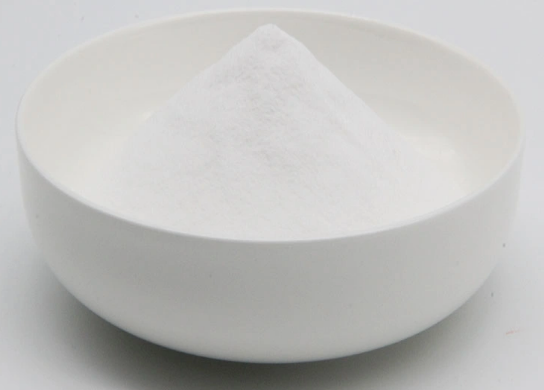
Glycylglycine CAS:556-50-3 Manufacturer Price
Glycylglycine is a dipeptide that consists of two glycine molecules linked together by a peptide bond. It is classified as a non-essential amino acid, which means that it can be synthesized by the body and is not necessarily required through dietary sources.
Glycylglycine plays several important roles in the body. It is involved in protein and peptide synthesis, as it serves as a building block for the formation of longer amino acid chains. It also functions as a neurotransmitter precursor, participating in the synthesis of neurotransmitters like glycine and serotonin, which are essential for nervous system function.
Furthermore, glycylglycine acts as a buffering agent and helps regulate the pH balance in bodily fluids. It can bind to excess hydrogen ions (H+) to maintain proper acid-base equilibrium, ensuring that the body’s internal environment remains stable.
Glycylglycine is commonly used in research laboratories and pharmaceutical applications. It has been studied for its potential therapeutic effects, including its role in wound healing, tissue repair, and skin hydration. Additionally, it has been investigated for its antioxidant properties and its ability to scavenge harmful free radicals in the body.
-
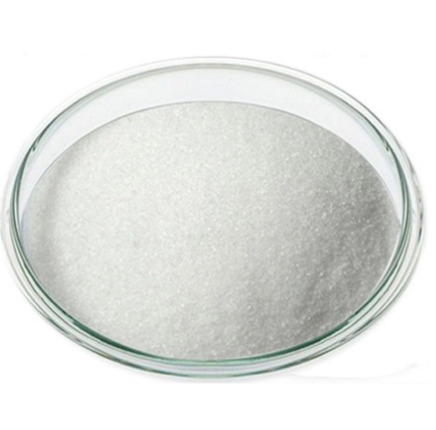
L-(+)-Lactic acid lithium salt CAS:27848-80-2
L-(+)-Lactic acid lithium salt is a chemical compound formed by the reaction of L-(+)-lactic acid with lithium hydroxide. It is commonly used as a chiral auxiliary in organic synthesis and as a catalyst in various chemical reactions. The compound is typically a white crystalline solid and is soluble in water and polar solvents. It is known for its ability to promote enantioselectivity, making it useful in the production of pharmaceuticals and other fine chemicals.

